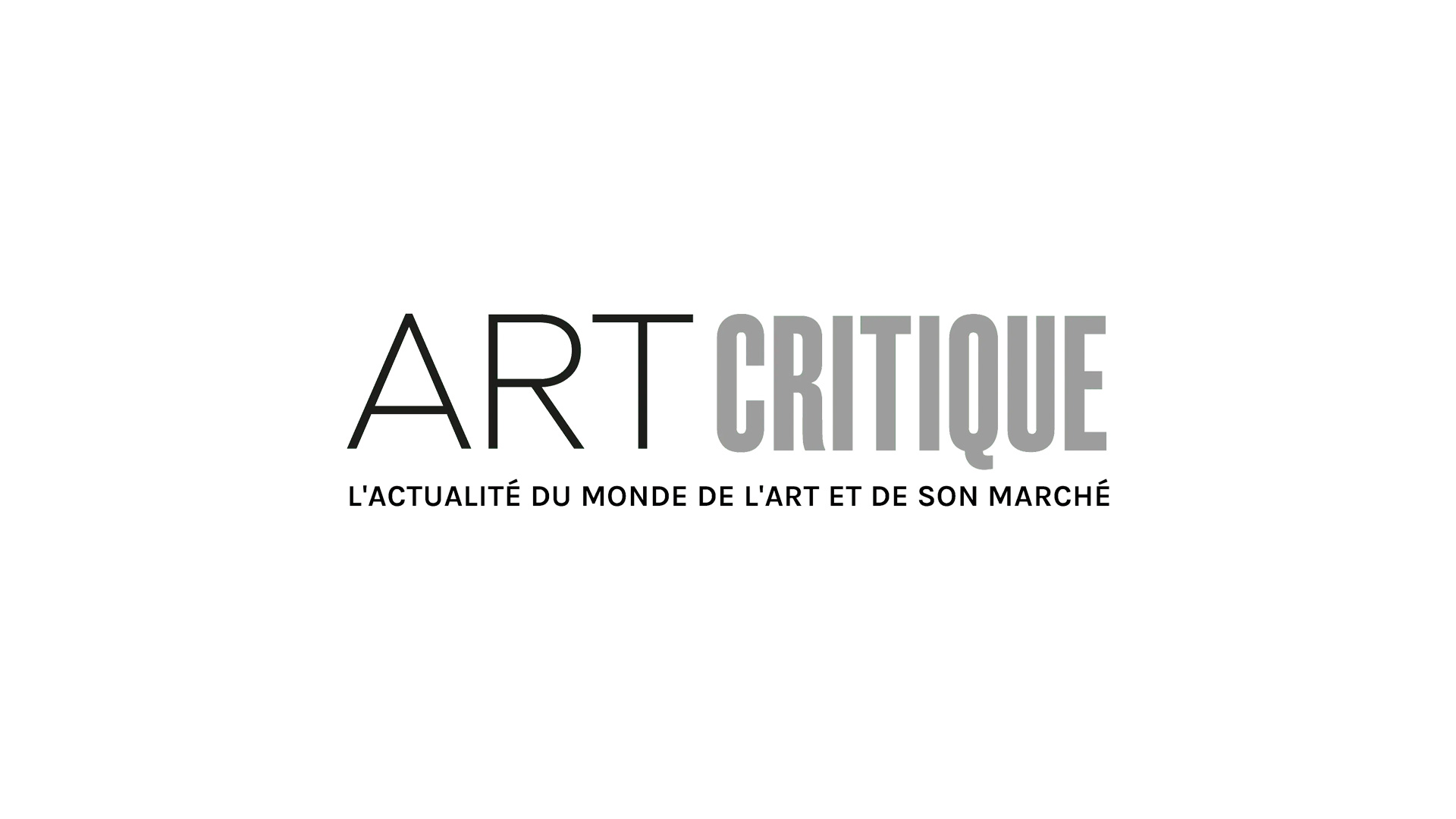The Courtauld Gallery in London has been shuttered amid a massive refurbishment for over a year now. They expect at least another year of work to be done but what they weren’t expecting were the treasures they would find in a centuries-old cesspit. The Courtauld hopes that the items found in the pit will shed light on the history of the location.
The 15-feet deep hole dates back to the 15th century when the land that the Courtauld, part of Somerset House, is on was the location of the Chester Inn, a property that belonged to the bishopric of Coventry, Lichfield, and Chester. The Chester Inn was once one of the homes that belonged to the who’s-who of London that lined the Strand, though little is known, today, about the area at that time as there are few resources.

The pit has been used for a number of things including a cellar and latrine. Since the 17th century, there have been a few layers of brick added to the floor with the most recent dating to the 18th century. One of the last additions to the pit was a latrine in the corner, an ‘amusing twist’ as the pit is slated to become a new bathroom for the gallery during its renovations.
Throughout the process, excavations have uncovered a plethora of discarded items. Pottery vessels and tableware dating to the 14th and 15th centuries and ‘Penn’ tiles, a tile particularly used in decorating medieval monasteries and palaces, also from the 14th century, are part of the treasures found. A metal ring, bone-handled fork, belt buckle, and iron spur are some of the other finds that have been dubbed the ‘secrets of the cesspit.’
Research on the found objects are only beginning and it is hoped that the items will sometime go on display at the Courtauld. Insignificant to some, the finds are monumental to researchers looking to understand the past. The area, which was popular amongst regional bishops because of its proximity to the Palace of Westminster and the City of London, is depicted in just one known drawing of the area. The panorama of the site (shown above), by Anthonis van den Wyngaerde, dates back to the 1540s and is known to hold a number of inaccuracies. Thus, the cesspit is more than just a medieval dumping ground, it’s a glimpse into the past found in an unusual place.
The following are some of the cesspit finds:











